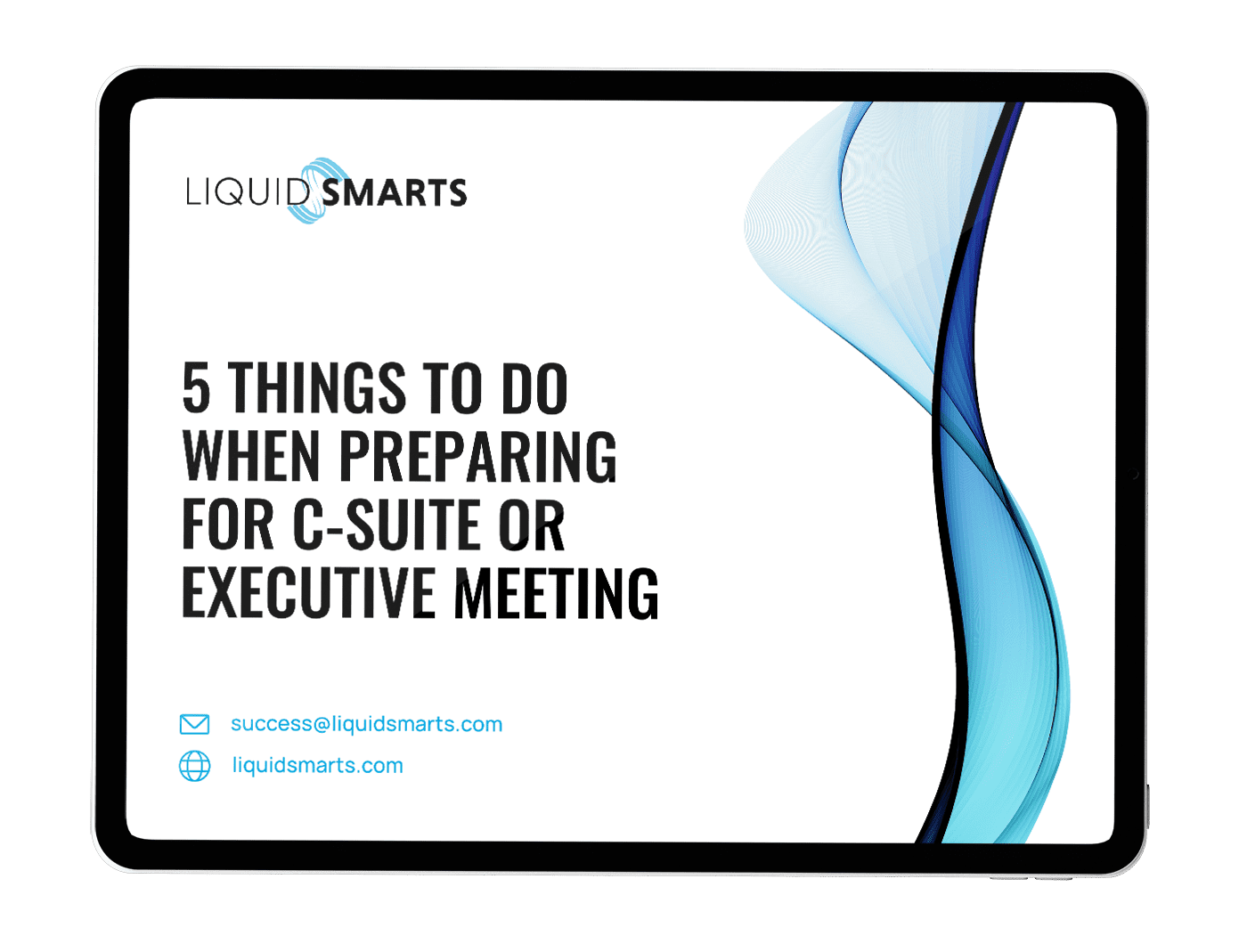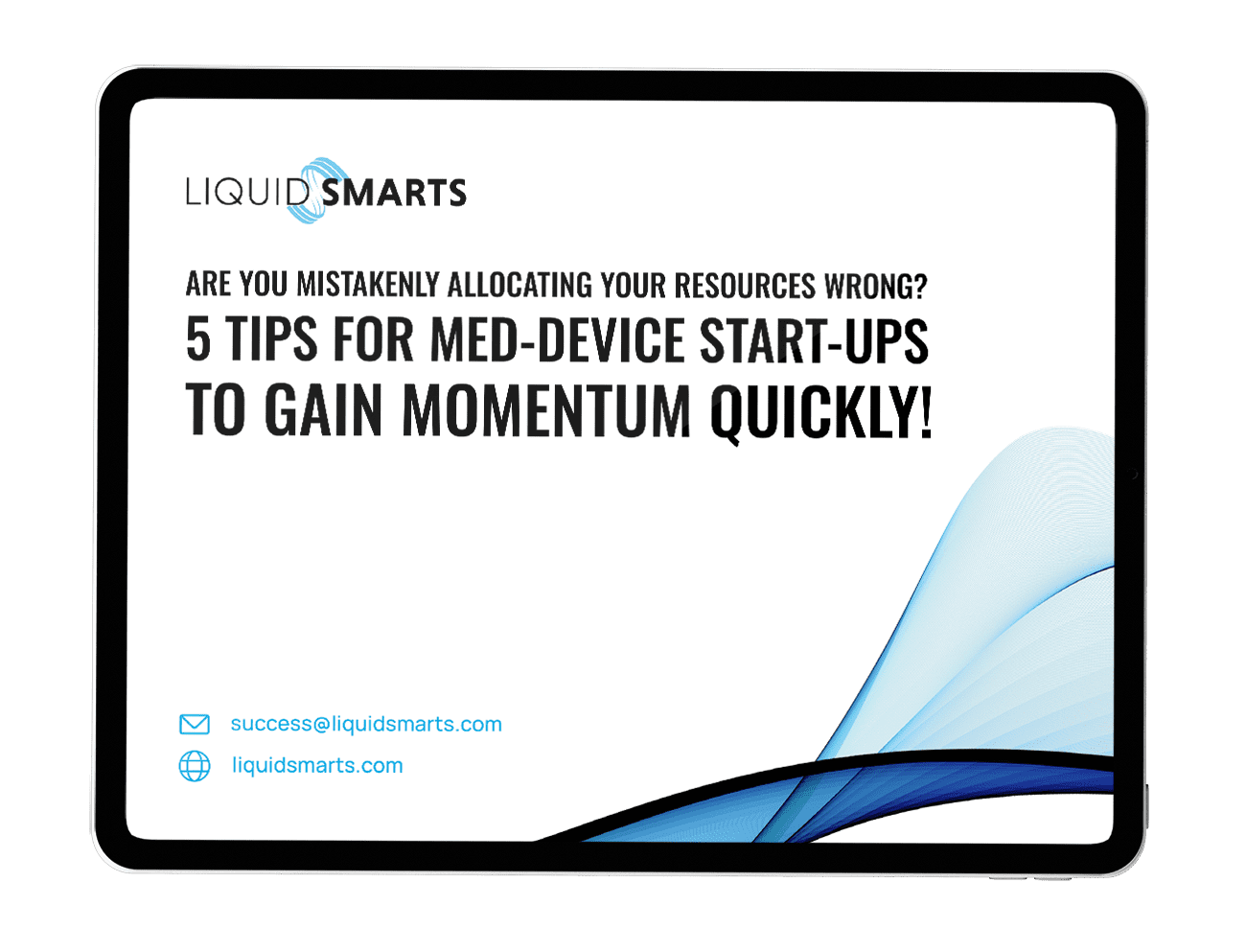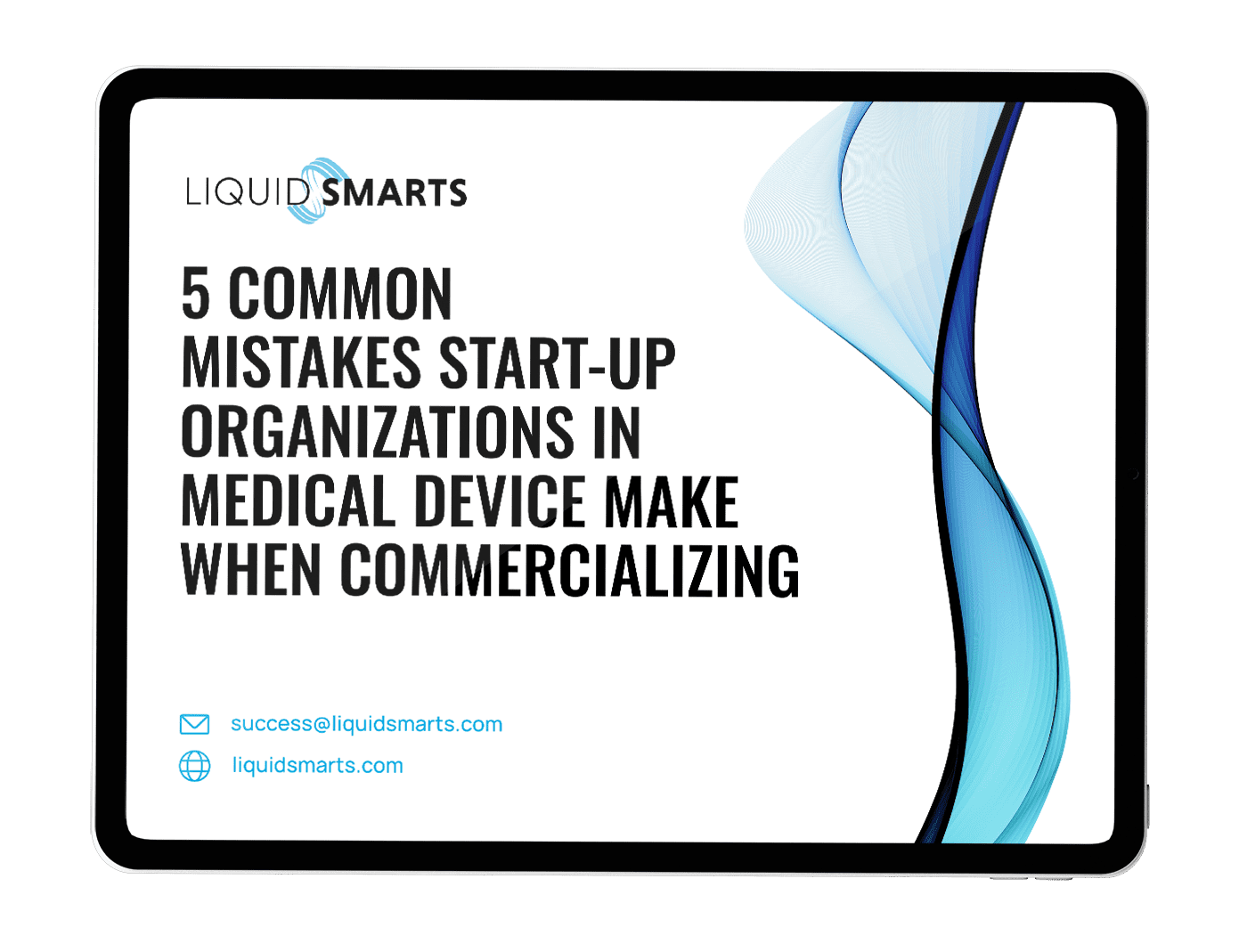Patient-centered innovation has become an increasingly important concept for health service providers as it demands a greater emphasis on understanding customer behavior and developing solutions that provide superior care for better tailoring of treatments.
Implementing this approach requires learning from our mistakes to create more informed protocols with improved outcomes.
Let’s discuss why patient-centered innovation should be at the forefront of every decision and explore strategies for managing and successfully implementing these changes into your operations.
Understanding Patient-Centered Innovation
Patient-centered innovation shares common traits with person-centered healthcare, which involves patients as equal partners in designing and delivering healthcare services. This approach emphasizes the importance of meeting patients’ needs and priorities while maintaining efficacy and safety. Bhattacharyya et al. (2019) highlight the need to shift towards person-centered care, where patients and stakeholders play an active role in shaping healthcare innovation.
Patient-centered innovation ensures that patients are involved throughout the innovation process, from conception to regulatory approval and implementation. This approach recognizes that patients are experts in their healthcare experiences and can provide valuable insights for developing solutions that address their unique needs. By actively involving patients, healthcare organizations can create more patient-centric and effective innovations.
Determinants of Patient-Centered Innovation
Several determinants contribute to the successful initiation of patient-centered innovation. Effective leadership is crucial, with leaders possessing technical expertise, professional skills, and creativity to drive innovation. Strong internal and external motivation for change and a clear and internally consistent organizational mission are also essential factors. Aligned organizational strategy and robust organizational capability further support patient-centered innovation. Continuous feedback and organizational learning promote iterative improvement and adaptation in response to patients’ evolving needs.
The hierarchical structure within healthcare organizations plays a significant role in shaping patient-centered innovation. External factors, such as financial incentives and government regulations, influence innovation. For instance, the evolving regulatory landscape, including the Patient Protection and Affordable Care Act (PPACA), necessitates preparation and adaptation by provider organizations and individual providers.
Strategies for Implementing Patient-Centered Innovation
Implementing patient-centered innovation requires a systematic approach that considers the unique needs of patients and stakeholders. The following strategies can guide healthcare organizations in effectively incorporating patient perspectives into the innovation process:
- Engaging Patients as Partners: To ensure patient-centered innovation, healthcare organizations should actively engage patients as partners. This involves involving patients in decision-making processes, seeking their input on design and development, and incorporating their feedback throughout the innovation lifecycle. Organizations can co-create solutions more likely to meet patient’s needs and expectations by involving patients early in the stages.
- Leveraging Technology and Telehealth: The COVID-19 pandemic has accelerated the adoption of telehealth technologies, providing an opportunity to enhance patient-centered care for individuals with chronic conditions. Telehealth offers convenient access to care, reduces the burden of in-person appointments, and improves continuity of care. Patients with chronic inflammatory conditions, such as atopic dermatitis and inflammatory bowel disease, have experienced increased flare-ups during the pandemic. Telehealth has proven invaluable in monitoring symptoms, providing virtual consultations, and ensuring ongoing support for patients managing their conditions.
- Fostering a Culture of Innovation: Creating a culture that embraces innovation is crucial for successful patient-centered innovation. Healthcare organizations should foster an environment encouraging creativity, risk-taking, and continuous learning. This can be achieved by providing resources, support, and incentives for staff to explore new ideas and approaches. Organizations can establish innovation hubs, encourage collaboration across disciplines, and promote a culture of shared responsibility for patient-centered care.
- Collaborating with Stakeholders: Collaboration with stakeholders, including patients, caregivers, healthcare professionals, researchers, and policymakers, is essential for driving patient-centered innovation. Organizations can leverage diverse perspectives and expertise by fostering partnerships to develop innovative solutions that address complex healthcare challenges. Engaging stakeholders in joint decision-making can lead to more inclusive and effective innovations.
- Emphasizing Continuous Improvement: Patient-centered innovation is an iterative process that requires ongoing evaluation and improvement. Healthcare organizations should establish mechanisms for collecting and analyzing feedback from patients and stakeholders. This feedback can inform the refinement and optimization of innovations to meet patient needs better. Continuous learning and improvement are critical for ensuring patient-centered innovations remain effective and responsive to evolving healthcare landscapes.
Patient-centered innovation is a transformative approach that empowers patients and stakeholders to shape healthcare delivery actively. By involving patients as partners, leveraging technology, fostering a culture of innovation, collaborating with stakeholders, and emphasizing continuous improvement, healthcare organizations can drive meaningful change and improve patient outcomes.
Implementing patient-centered innovation requires a holistic and systematic approach, prioritizing patient perspectives and needs throughout the innovation lifecycle. By embracing patient-centered innovation, healthcare organizations can enhance the patient experience and deliver better healthcare outcomes.







